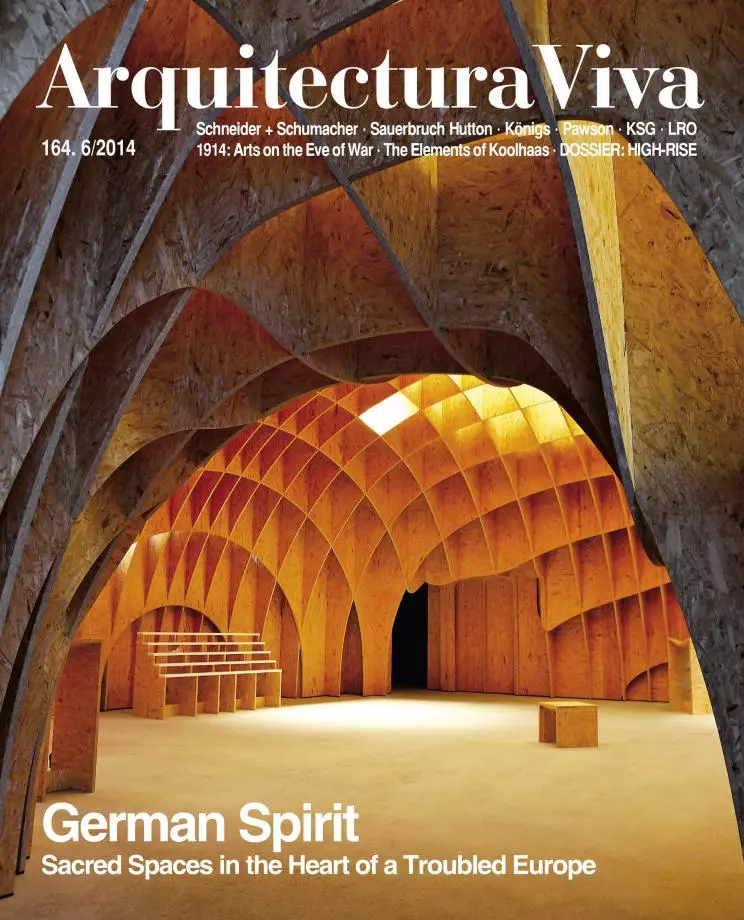
Madrid City Hall is reviewing its General Plan of 1997 through two work documents: a ‘Preadvance’ and an ‘Advance’. Stripped of all technical-administrative paraphernalia, these initiatic documents clearly reflect the theoretical and cultural sustenance that orients interpretations of the existing city and their possible application in the future. I believe these documents deserve high professional praise for their revision of the Plan of 1997 with a radical change of approach, one where there is a clear opposition between ‘urbanism of reclassification’ and ‘urbanism of expansion’. That is, a clear laying of stakes for what we could define as ‘city-building in the city’. The Plan of 1997 gave rise to the right legal framework for an economic development policy at the service of real estate business, to the detriment of the existing city. As David Harvey denounced, ‘capitalist urbanization’ prevailed over the ‘socialist city’, that is, the civilized and cultivated city of solidarity. This policy became spectacularly visible in the PAUs, wild developments that steadily surrounded Madrid like excrescences, offering land for 200,000 new dwellings that were neither necessary nor feasible, as the crisis has shown. In contrast with this model, the Preadvance declassifies most of the PAUs, or at least reduces them in size and in area of buildable land. Extensive development gives way to a concentration of compact and mixed-use developments, and the most is made of what already existing infrastructures have that is potentially useful and compatible with the current city.
Despite some serious mistakes, such as the so-called ‘new North centrality’ based on Operation Chamartín – true urbanistic madness and foretold economic ruin resembling the burying of the M-30 motorway –, the Advance proposes a healthy policy of reclassification and completion of the existing city, ‘city-building in the city’ through basic lines of action, such as the delimitation of ‘areas of vulnerability’, which require preventive interventions, a ‘boulevardization program’ of a large area of streets where asphalt is reduced and sidewalks widened, conceived as territorial paths with plenty of trees, and finally the construction of new facilities that, beyond their actual function, eventually consolidate as architectural landmarks with the potential to physically recreate the city. “Nothing makes city like a good building,” said Manuel de Solà-Morales.
An urban plan ought to meet at least three conditions and include three contents: be a cultural project that, based on a deep understanding of the existing city, brings about a more beautiful and fairer city of tomorrow; be a public expression of the intentions that the powers-that-be seek to implant in the city so that citizens can know of and have control over them; and finally, be an instrument in the governance of the city instead of only categorizing it in a system of norms. In this way, it is logical to think that the political principles that a plan is inspired in agree with the ideology of the governments that are to implement it. And this is where the big fraud of this revision of the General Plan of 1997 lies. Owing to Madrid governments’ commitment to a neoliberal ideology and their defense of ‘de-regulation’, it is hardly believable that they can draw up a real Plan, or if they do, that they can take it as a framework of action. So I do not believe that the ‘good Plan’ drawn up by the Municipal Office can be carried through, unless its more progressive elements are annulled or it is taken as a mere cultural and administrative project, vulnerable to the pressure of markets and the whims of public powers.





